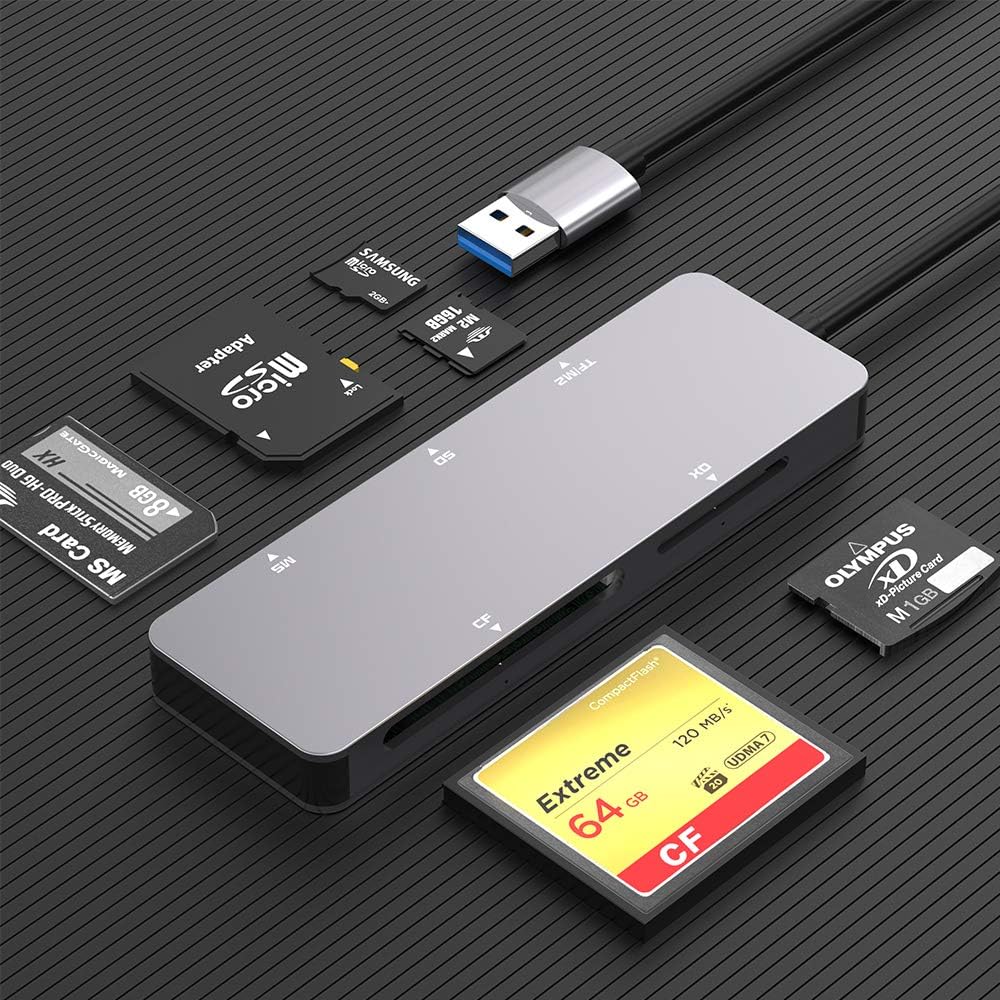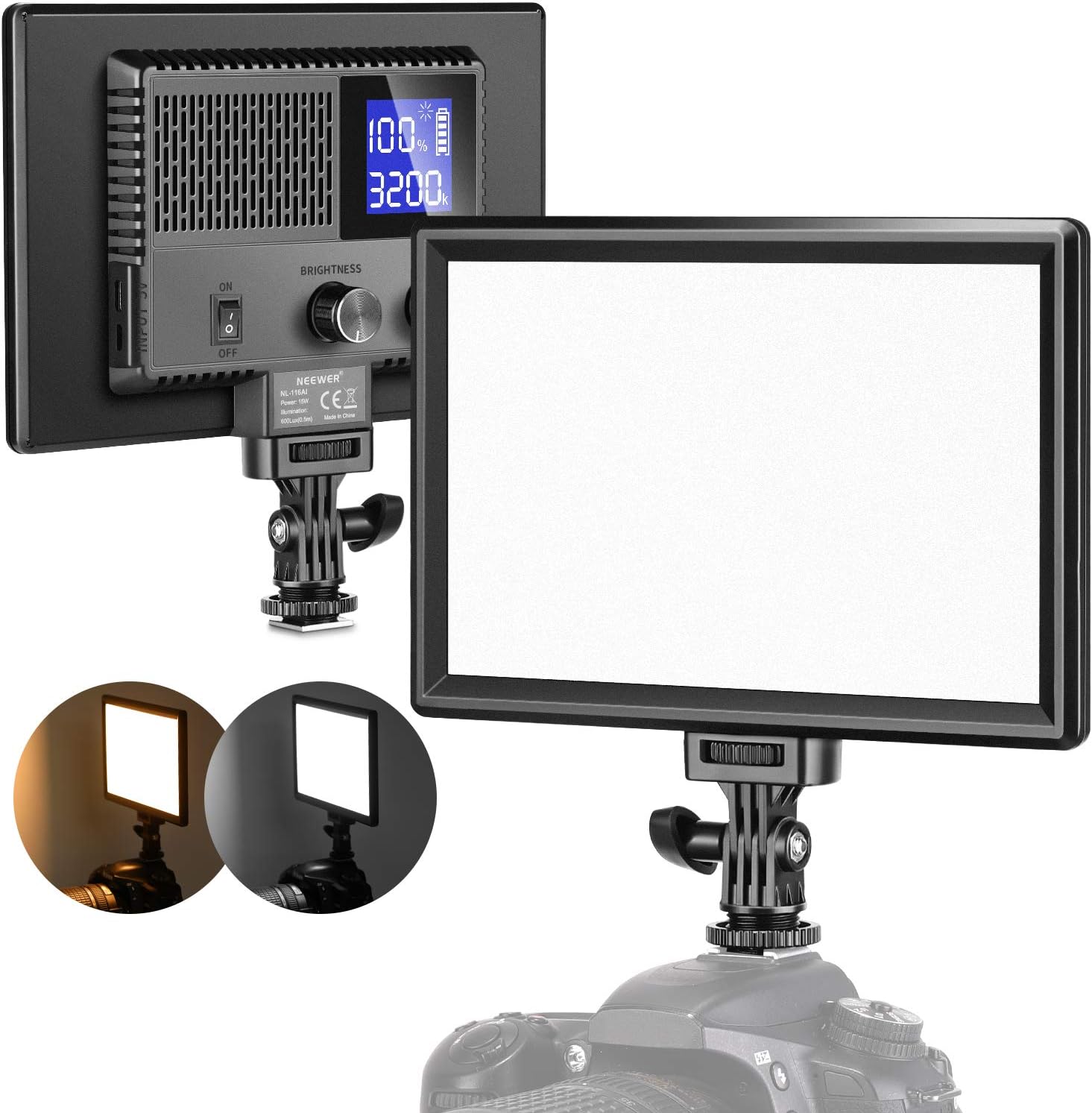Welcome to Card Readers Unveiled: Enhancing Workflow in Digital Photography! If you’re a photographer looking to streamline your data transfer process and optimize your workflow, then this blog is for you. In this in-depth exploration, we will take a detailed look at the role of card readers in transferring data more efficiently in photography. By the end, you’ll have a comprehensive understanding of the benefits they bring and how they can help you achieve an efficient workflow in your digital photography journey. So, let’s dive in!
Table of Contents
- The Evolution of Card Readers
- Memory Card Buying Tips
- The Role of Card Readers in Enhancing Workflow in Digital Photography
- Frequently Asked Questions
- 1. What are card readers and how do they enhance workflow in digital photography?
- 2. Why is efficient data transfer important in digital photography?
- 3. What types of card readers are available for digital photography?
- 4. Can card readers improve the speed of data transfer?
- 5. Are card readers compatible with different operating systems?
- 6. Can card readers handle different memory card formats?
- 7. Are card readers user-friendly and easy to use?
- 8. Can card readers improve data security in digital photography?
- 9. Are card readers a must-have accessory for professional photographers?
- 10. Where can I purchase a card reader for digital photography?
- Wrap Up
The Evolution of Card Readers
Data transfer is a critical aspect of digital photography. As a photographer, you encounter countless images, and efficiently transferring them from your camera’s memory card to your computer is key. Traditional methods like relying on a USB connection between the camera and computer can be time-consuming and cumbersome. That’s where card readers come in, offering a faster and more reliable solution for data transfer.
Card Readers Explained
Card readers are small electronic devices designed to read the memory cards used in digital cameras. They provide a direct link between your camera’s memory card and your computer, allowing for a seamless transfer of data. Card readers come in various forms, including USB card readers, multi-card readers, and portable card readers. Each type offers its own set of advantages, catering to different photographer preferences and needs.
The Advantages of Using Card Readers
Using a card reader offers several advantages for photographers. First and foremost, they provide faster data transfer speeds compared to traditional methods. This means spending less time waiting for your images to transfer and more time behind the lens, capturing stunning shots. Additionally, card readers can improve the overall efficiency of your workflow, allowing you to quickly access and organize your images for editing, sharing, or printing.
Did you know that the first memory card, CompactFlash, was introduced in 1994 and had a maximum storage capacity of only 1 MB?
Choosing the Right Card Reader for Your Needs
When selecting a card reader, it’s essential to consider your specific requirements. Factors to consider include compatibility with your camera’s memory card format, transfer speed capabilities, and the connection type supported by your computer. USB 3.0 card readers, for example, offer lightning-fast transfer speeds, while multi-card readers are ideal for photographers using different camera models or multiple memory card formats.
Tips for Efficient Data Transfer Workflow
To further enhance your data transfer workflow, here are some tips to keep in mind:
- Always ensure your memory card is properly inserted into the card reader to avoid connection issues.
- Invest in a high-quality, reliable card reader to ensure data integrity and prevent potential data loss.
- Regularly backup and organize your images to avoid clutter and make future retrieval easier.
- Consider using specialized software or applications that offer advanced features for image management and editing.
Card readers play a crucial role in the digital photography workflow, offering faster and more efficient data transfer between cameras and computers. By investing in the right card reader and implementing efficient transfer practices, photographers can spend less time managing their files and more time doing what they love—capturing breathtaking moments.
Memory Card Buying Tips
Here is a table of key things to consider when buying a memory card reader:
| Buying Tip | Things to consider |
|---|---|
| Card compatibility | The memory card reader should support the types of cards you use, such as SD, microSD, CF, CFexpress, or XQD. Some readers have multiple slots for different cards, while others are dedicated to one type. |
| Transfer speed | The memory card reader should have a fast data transmission speed to reduce the waiting time when copying files. The speed depends on the USB connection type, the card reader capacity, and the memory card performance. UHS-II cards and readers are faster than UHS-I, but also more expensive. |
| USB connection type | The memory card reader should have a USB connection type that is compatible with your devices, such as USB-A, USB-C, or USB 3.0. Some readers come with adapters or cables to fit different ports, while others require you to buy them separately. |
| Portability | The memory card reader should be easy to carry around if you need to use it on different devices or locations. Some readers are small and lightweight, while others are bulky and heavy. You may also want to consider the durability and design of the reader. |
The Role of Card Readers in Enhancing Workflow in Digital Photography
When it comes to digital photography, efficient workflow is crucial. Every professional photographer knows that time is of the essence, and the ability to transfer data quickly and efficiently is key. This is where card readers come into play, revolutionizing the way photographers handle their images.
Sarah’s Journey of Overcoming Challenges
One photographer, Sarah, recently faced a challenge when shooting a wedding that spanned an entire day. Sarah needed to capture hundreds of high-resolution images, and time was limited. She worried about losing precious moments while waiting for her camera to transfer the data to her computer.
After some research, Sarah invested in a high-speed card reader. This device allowed her to transfer data from her memory card to her computer at lightning-fast speeds. As a result, Sarah was able to save valuable time during the editing process, ensuring that she met her clients’ tight deadlines.
Benefits:
- Improved Efficiency: With a fast card reader, photographers like Sarah can transfer large files quickly, allowing them to spend more time focusing on their craft and less time waiting.
- Streamlined Workflow: The ability to transfer data efficiently not only saves time during shoots but also speeds up post-production. Photographers can now spend less time transferring files and more time editing and perfecting their images.
- Convenience: Card readers are small and portable, making them easy to carry around on shoots. No matter where you are, you can transfer data quickly, ensuring that you never miss a shot.
Furthermore, card readers are compatible with various types of memory cards, including SD, CF, and microSD. This versatility ensures that photographers can work with different camera models and seamlessly transfer data from any shoot.
Whether you are a professional photographer or an enthusiast, card readers are a game-changer. They provide a reliable and efficient way to transfer data from your camera to your computer, allowing you to focus on what matters most – capturing beautiful moments.
Remember, investing in a high-speed card reader can greatly enhance your workflow, saving you time and ensuring that you deliver the best results to your clients. Don’t let slow data transfer hinder your creativity. Upgrade your workflow with a quality card reader today!
Frequently Asked Questions
1. What are card readers and how do they enhance workflow in digital photography?
Card readers are devices used to transfer data from memory cards to computers or other devices. They improve workflow in digital photography by allowing for faster and more efficient data transfer, eliminating the need to connect the camera directly to a computer.
2. Why is efficient data transfer important in digital photography?
Efficient data transfer is vital in digital photography as it saves time and ensures a seamless workflow. By using a card reader, photographers can quickly transfer large image files, allowing them to review and edit their photos without delays.
3. What types of card readers are available for digital photography?
There are various types of card readers available, including USB card readers, SD card readers, and CF card readers. Each type is designed to support specific memory card formats commonly used in digital cameras.
4. Can card readers improve the speed of data transfer?
Yes, card readers can significantly improve data transfer speed compared to transferring files directly from the camera. USB 3.0 card readers, for example, offer faster transfer rates, allowing photographers to quickly move large amounts of data without bottlenecks.
5. Are card readers compatible with different operating systems?
Yes, most card readers are compatible with multiple operating systems, including Windows, macOS, and Linux. However, it is always recommended to check the product specifications to ensure compatibility with your specific operating system.
6. Can card readers handle different memory card formats?
Yes, card readers are designed to support various memory card formats, such as SD, SDHC, SDXC, CF, and microSD. Some card readers even offer multiple slots, allowing users to work with different card types simultaneously.
7. Are card readers user-friendly and easy to use?
Yes, card readers are generally user-friendly and easy to use. They typically require no additional software installation and can be plugged directly into a computer’s USB port. The data transfer process is straightforward and intuitive.
8. Can card readers improve data security in digital photography?
Card readers indirectly enhance data security by reducing the reliance on the camera’s internal storage during data transfer. By quickly offloading images onto a computer or external storage device, photographers minimize the risk of data loss or corruption.
9. Are card readers a must-have accessory for professional photographers?
Card readers are highly recommended for professional photographers who value efficiency and streamlined workflows. Investing in a high-quality card reader not only saves time but also ensures that data transfer does not hinder the creative process.
10. Where can I purchase a card reader for digital photography?
Card readers are widely available online and in electronics stores. Popular online marketplaces such as Amazon, B&H Photo Video, and Best Buy offer a wide selection of card readers at various price points.
Remember to include relevant keywords such as “card readers,” “data transfer,” “efficient workflow,” and “digital photography” in your blog content to optimize for SEO.
Wrap Up
Card readers play a crucial role in enhancing workflow in digital photography by efficiently transferring data from memory cards to computers. With their high-speed capabilities and compatibility with various memory card formats, card readers provide photographers with a convenient and reliable way to access and manage their images.
By investing in a high-quality card reader, photographers can save time and streamline their editing process, allowing them to focus more on their creative work. So, whether you’re a professional photographer or an enthusiastic hobbyist, don’t underestimate the power of a card reader in improving your efficiency and productivity.
Have you tried using a card reader in your photography workflow? What has been your experience? Share your thoughts and insights in the comments below!



